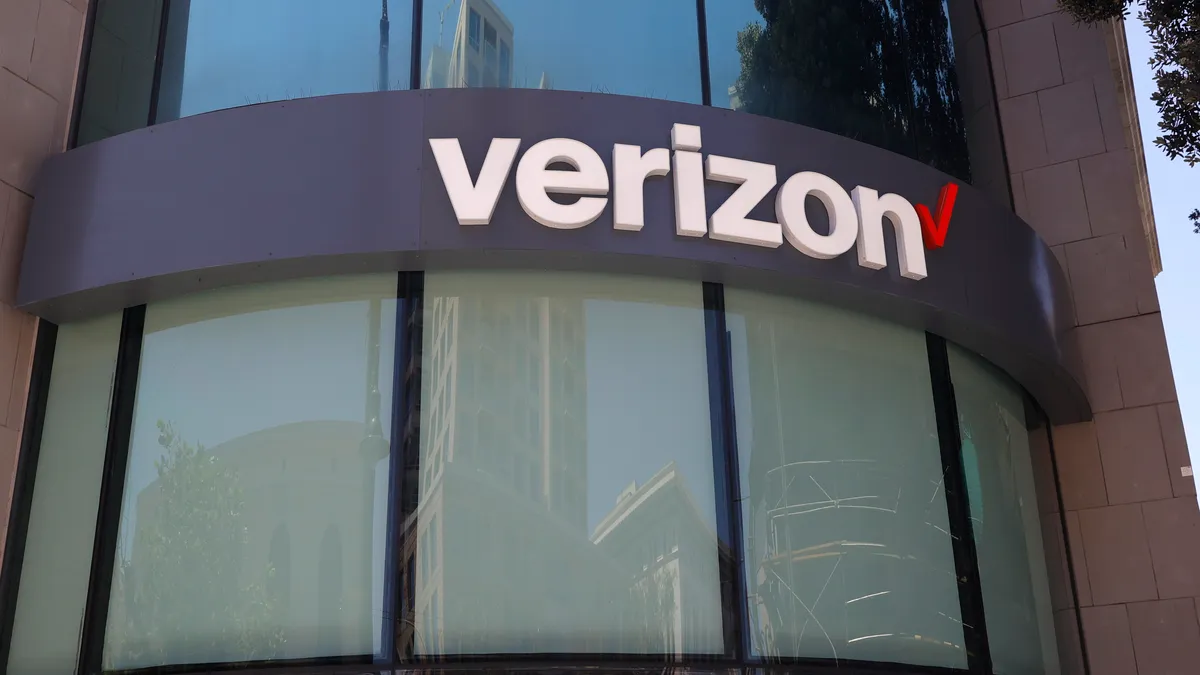A few weeks ago, the U.S. Department of Labor (DOL) announced that it would soon be launching a pilot program that encourages employers to audit their pay practices and self-report any Fair Labor Standards Act (FLSA) violations they find. It's now set to open April 3, according to POLITICO.
In using the program, employers must pay workers any back wages they're owed, but companies get to avoid liquidated damages or civil monetary penalties. The program, known as PAID — the Payroll Audit Independent Determination program — is being touted as a win-win for employers and employees alike. But there are still many unanswered questions.
State law untouched by PAID
To start, PAID cannot resolve state-law issues, says Tammy McCutchen, former administrator of DOL’s Wage and Hour Division (WHD) and current principal at Littler Mendelson, P.C.
Some states have more stringent laws or longer statutes of limitation than the FLSA, such as California (four years) and New York (six years). The FLSA’s statute of limitations, she noted, is two years, or three if an employer has acted willfully.
DOL offered a similar, though less publicized, program back in 2009, which could shed some light on that question, McCutchen told HR Dive. “When I helped employers, I went to the California and New York labor departments and entered into separate agreements with them. The state DOLs were fairly welcoming and didn’t ask us to do anything different than we had with the federal DOL.”
What’s the scope?
A big area of uncertainty surrounding the PAID program is the scope of the waivers that will be used. Joel O’Malley, a shareholder at Nilan Johnson Lewis, P.A. (NJL), points out that wage and hour claims can piggyback on each other. For example, unpaid overtime can lead to a claim for unpaid back wages, which in turn can lead to an investigation of pay stubs and recordkeeping practices, he said. “If there’s no full release, you could be releasing some claims but not others."
Jen Cornell, also a shareholder at NJL, says it's also unclear how the program would affect those working in multiple positions. If, for example, an employee has held two positions within a company and agrees to a release for one of those positions, “the release is unlikely to cover the claims relating to the other position.”
Ultimately, it may be the employer's responsibility to carefully define the scope of the waiver. The program's FAQs “suggest that the employer has the first cut at describing what the violations are and suggesting what the release should entail,” O’Malley said.
Concerns about future targeting by DOL
Employers also have expressed concerns about whether they will be opening a Pandora’s box by voluntarily disclosing wage and hour violations to DOL. In McCutchen’s words: “Is this going to paint a target on my back in the future? Will I be labeled a repeat violator?”
For what it's worth, McCutchen says this wasn't the practice in the past. “Employers who do a self-audit, find a problem, and report it are good-faith employers,” she said, adding that she believes they're unlikely to be targeted by subsequent investigations.
“They are looking for employers who want to do the right thing,” she added, pointing to the program's unavailability to employers with a history of wage and hour violations.
What if employees don’t sign the waiver?
When employers attempt to resolve violations through the PAID program, employees must sign a release of claims in exchange for their back wages. But employees can refuse, and employers are prohibited from retaliating against employees who choose not to sign.
Employees who cash their check will be considered to have waived their right to sue, McCutchen explained, but those who don't could still file suit. Still, these generally will be small individual claims, she said, and such claims don't draw a lot of interest from plaintiffs' attorneys. "Plus, if they go to court, the DOL is going to be there saying, ‘This is the amount the employee is owed.’ This puts a powerful witness in your pocket,” she said.
Cornell agreed that this is likely to be a small problem. When it comes to individual wage and hour claims, "lots of plaintiffs’ counsel will walk away," she said, "and most plaintiffs will take the money and not sue.”
Subsequent litigation
Finally, it's unclear what happens if a lawsuit is filed after the PAID process has begun, says Cornell. “What is the impact of the audit? My guess is that the DOL’s process would have no impact on an employee’s right to file a lawsuit. If the employer has a population that is savvy enough to know that there’s an issue, it’s possible that a lawsuit may be filed in the middle.”
Importantly, PAID requires that employers attest that they are not involved in litigation around the compensation practices at issue. Therefore, “it would be possible late in the game for a lawsuit to be filed and the employer to not be able to certify this," O’Malley said.
It's possible that the plaintiffs could be carved out of the settlement, Cornell said, but “is whatever you share with the DOL privileged? Will you have to share everything in litigation? I would guess that you do waive a privilege by filing with the DOL.” She says it’s important for employers to consider the likelihood of future litigation when deciding whether to use the program.
The same goes for the audit that employers will need to conduct to uncover and voluntarily report violations. “[U]sually you will want to do an internal audit under attorney-client privilege," McCutchen said. "Using the PAID program means that you will be waiving attorney-client privilege and some of the materials you turn over to the DOL will be discoverable under a Freedom of Information Act request."
The employee take
The National Employment Law Project (NELP), a research and advocacy group for low-wage workers and unemployed workers, has expressed concerns about the PAID program.
“This is an anti-worker solution without an actual problem — there’s nothing stopping employers from reviewing their practices and giving workers any back wages they’re owed,” said Christine Owens, executive director of NELP. “They don’t need DOL to do that now. The only thing that this program does is give employers a get-out-of-jail-free card, which insulates them from responsibility for damages and penalties.”
The bottom line
McCutchen is unreservedly enthusiastic about the PAID program: It offers a way for employers to resolve their issues “quickly, effectively, and at a good cost,” she said. The risks can be addressed; audits can be conducted with an attorney, for example; "[I]t’s still worth it, in my opinion," she said.
And as for employee groups' concerns, McCutchen counters that the program will result in a significant uptick in the amount of back wages DOL collects for employees — "which, frankly, they have no chance of doing just with enforcement," she said.
Cornell is a bit more guarded. “I do think this is a good option for some employers…I don’t think it’s an ‘every employer’ option," she said. "If you do an audit that shows a really obvious liability and you are trying to get your books right” — due to a pending merger or acquisition, for example — PAID could be a very effective way of getting those issues resolved.
But it's not without its downsides. “My guess is that it will be costly” because it can put employees on notice that there is a problem, Cornell said. But it “gives employers a way to right the ship.”




















